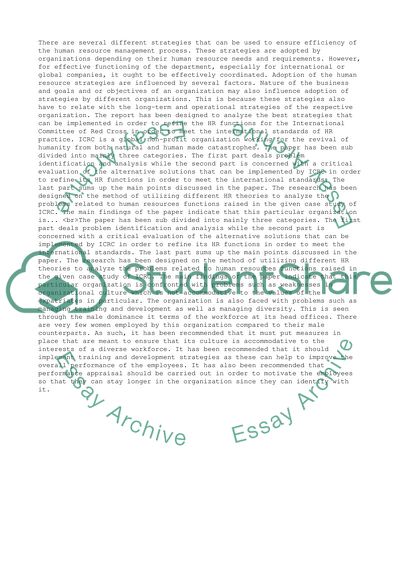Cite this document
(“International human resource management Case Study”, n.d.)
Retrieved de https://studentshare.org/management/1392239-international-human-resource-management
Retrieved de https://studentshare.org/management/1392239-international-human-resource-management
(International Human Resource Management Case Study)
https://studentshare.org/management/1392239-international-human-resource-management.
https://studentshare.org/management/1392239-international-human-resource-management.
“International Human Resource Management Case Study”, n.d. https://studentshare.org/management/1392239-international-human-resource-management.


